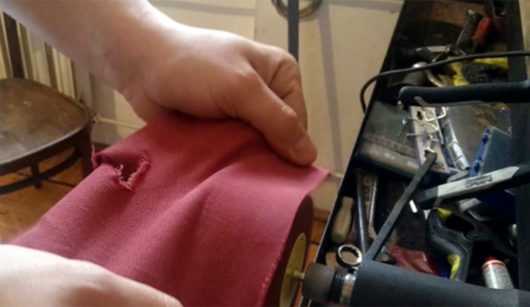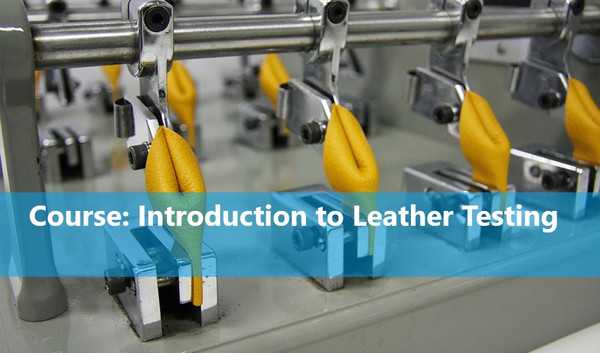-
Importance of Leather Rubbing Fastness Testing in Quality Assurance
Edited by:Read:Leather rubbing fastness testing is a crucial aspect of quality assurance in the leather industry. It helps determine the durability and color fastness of leather products, ensuring that they meet the high standards expected by consumers and regulatory bodies. In this article, we will explore the importance of leather rubbing fastness testing and how it contributes to quality assurance.

1. Ensuring product durability
Leather products, such as shoes, bags, and furniture, are expected to withstand daily wear and tear. Rubbing fastness testing simulates the effects of friction and abrasion on leather surfaces, providing valuable information about the product's durability and resistance to fading and color transfer. A high rubbing fastness score indicates that the leather is less likely to wear out, crack, or lose its color over time, ensuring a longer-lasting and more durable product.
2. Maintaining color consistency
Color consistency is critical for leather manufacturers and retailers. Consumers expect the color of leather products to remain vibrant and consistent throughout their lifespan. Leather rubbing fastness testing helps manufacturers identify potential color inconsistencies and address them before the products reach the market. This ensures that consumers receive a high-quality product with a uniform color that meets their expectations.
3. Compliance with industry standards and regulations
Leather products must meet specific industry standards and regulations to be considered safe and high-quality. Rubbing fastness testing is often required by international and national standards organizations, as well as regulatory bodies, to ensure that leather goods meet the necessary requirements. Compliance with these standards can help manufacturers avoid costly recalls, legal issues, and damage to their brand reputation.

4. Consumer satisfaction and brand reputation
Consumers expect leather products to be of high quality, durable, and maintain their appearance over time. Leather rubbing fastness testing helps manufacturers ensure that their products meet these expectations and maintain their brand reputation. A product that performs well in rubbing fastness tests is more likely to satisfy consumers, leading to positive reviews, repeat purchases, and brand loyalty.
5. Reducing waste and environmental impact
By identifying and addressing potential quality issues during the manufacturing process, leather rubbing fastness testing can help reduce the number of defective products that need to be discarded. This not only saves resources but also reduces the environmental impact of leather production.
- 2024-04-19Paper ring compression strength tester standards
- 2024-04-19Cupping tester standards
- 2024-04-19Rubber and plastic tensile tester standards
- 2024-04-19Taber 1750 wear-resistant tester standards
- 2024-04-19Stone Chip Resistance Gravelometer standards
- 2024-04-18Diaper absorption speed tester standards
- 2024-04-18Diaper leakage tester technical indicators
- 2024-04-18Paint film impact resistance tester standards
- 2024-04-18Low temperature brittleness tester principle
- 2024-04-18Battery separator permeability tester technical indicators



